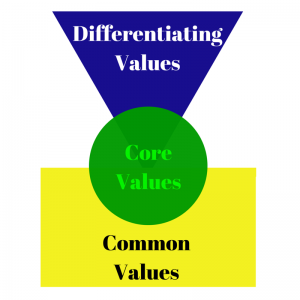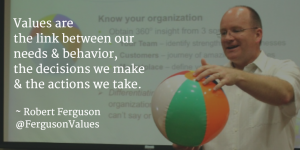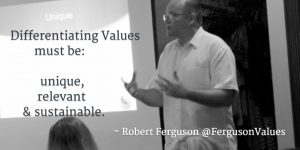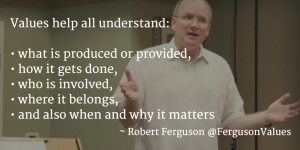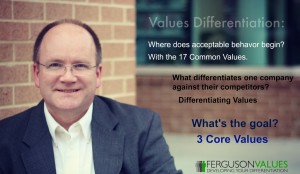The marketing benefit of remaining cool under fire
Leaders don’t seek to advance their business interests in a court of law, though it may be a venue used to protect it. Unless the need for justice outweighs all other costs, it’s best to do whatever it takes to stay out of court.
This also applies to the other court – the court of public opinion.
Thanks to decades of traditional media reporting, and now the proliferation of social media, this court tends to gather around crises. But this is not a court where order is managed.
When a crisis occurs, everyone wants answers. Saying nothing or responding with “no comment” only allows for speculation and gossip, which can take over faster than a fire can consume a house.
Timing is everything.

PR experts suggest that the first 48 hours of a crisis is the most important. If the assigned leaders can’t get ahead of it by that timeframe, the crisis may become a runaway train. And if the current crisis didn’t look big enough, just wait until the train wreck occurs.
In marketing, a lot of time, effort and resources are invested in building a brand. It’s like putting money into a bank account that grows over time. But a poorly managed crisis can withdraw the entire investment. Even worse, it can create a negative account balance so large, it can bankrupt the company.
Ok, enough fear. This is the time to embrace the value of coolness.
The Value of Coolness
As a differentiating value, Coolness means calm and unruffled self-assurance; or fearless self-possession.
The second part of having fearless self-possession is generally associated with risk-takers who seem to be immune to getting hurt, individuals with a carefree attitude to life, or those that are just plain hip. The “Fonz” on the hit TV series Happy Days epitomized the concept of “being cool.”
This is not the kind of coolness that benefits a business or a brand.
In a crisis, the court of public opinion tends to like leaders who remain calm and possess unruffled self-assurance. When the leaders of an organization appear to be ahead of the crisis and in control of the situation, trust and confidence in them grows.
But beware! Any sign of arrogance, lack of compassion, or indifference will quickly undermine this value. It’s a fine line to be confident, yet humble. Strong, yet caring. Calm, yet focused.
So how does a leader effectively embrace the value of coolness? It’s all in the preparation.
The Power of Preparation
The wrong time to prepare for a crisis is after it occurs. Smart leaders take the necessary steps to be prepared and have a plan before they ever need it. Here are 3 steps to being prepared for a crisis:
1) Prepare your plan. This is a list of who is tasked to do what, by when, and how – and who has the authority to make decisions quickly. Who will be the public spokesperson(s)? Who will manage internal communications? Who is tasked with investigating the crisis to determine the truth? If outside help is required, they should be part of the planning process. In addition, all leaders and managers need to know who they should turn to in a crisis. The point of having a plan is to remove the risk of people guessing when a crisis occurs.
2) Prepare your messages. There are 3 key messages required that will cover any crisis: confirm there is a plan; show compassion for those affected; and commit to discovering the truth. Note that messaging is not about explaining these in detail. It’s about providing an accurate, consistent, and truthful set of statements that reflect the fundamental values of the organization and the brand.
3) Prepare your leaders. To become good at anything, the old adage is true ‘practice makes perfect’. Smart marketers ensure all leaders in the organization go through crisis management training. No matter how much one thinks they can handle a pushy reporter, most fail miserably. Reporters are trained to extract nuggets of information. The training for leaders and the organization’s spokesperson(s) helps ensure the right nuggets are shared, at the right time and in the right manner.
So what’s the marketing benefit of all this preparation?
As gold is refined in the fire, so is a brand.
The court of public opinion respects and even rewards brands that can stand up to trial by fire. Ironically, when leaders embrace the value of coolness and prepare and execute well through a crisis, then the value of a brand actually increases.
Who do you know that remains cool under fire? How do they do it?
Could the value of coolness give you a competitive advantage? How?
Today’s value was selected from the “Determination-Focus” category, based on the e-book Developing Your Differentiating Values.


